Graphite Pencil Tips and Techniques

Basic graphite pencil techniques to get you started!
Faber-Castell’s variety of graphite pencils allow artists the ability to create artwork with high-quality graphite materials. Our graphite pencils are available in 16 degrees of hardness, making them ideal for all technical artistic applications such as writing, drawing, and sketching. These fundamental tips and techniques will help you get started creating and understand all that you can achieve with your graphite pencil.
 |
 |
Hold
When learning how to use your graphite pencil, it all starts with your hold. The way you hold your graphite pencil will affect your artwork. To create a light loose sketch, hold your pencil towards the end. For more exact, specific lines, hold your pencil closer to the tip for more control.

Pressure
One single pencil can create lines of different depth and size based on the pressure you use when drawing. Apply more pressure to create thicker darker lines and less for lighter thinner lines.

Surface
Your graphite artwork is only as strong as the surface you create it on and the paper you choose is important to the outcome of your drawing. Paper of different weight and texture affects the appearance of your drawing. Depending on the grain of your paper, your drawing will appear ore fine or coarse. Learn more about the right paper to use for your desired artwork, here.

Shading
Give your artwork depth by practicing shading with your graphite pencil. When creating graphite monochrome work, colors are represented in tonal values through shading. Different shades of grey convey the pictorial elements’ color intensity, surface properties, and incidence of light. They thus give the picture life and depth.

Hatching
Hatching consists of drawing lines in the same direction is another great way to add tonal value to your graphite work. Different tonal values are achieved through overlaying and condensing the lines you are drawing. Line length and distance between the lines further varies the optical result of your artwork.

Cross-hatching
Cross-hatching consists of drawing pencil strokes in one direction followed by layering strokes on top at another angle. Similar to hatching, achieving various tonal values in your artwork is dependent on the differences in number and density of the overlapping lines.

Overhand grip
Overhand grip is a technique used when you want to quickly create large areas and fluid tonal shades. Overhand grip consists of holding the pencil at an extremely flat position in order to create extensive laydown.

Smudging
The smudging technique is perfect to use with graphite when wanting to create clouds, water, or blurred backgrounds in your artwork. Loosely apply graphite on the paper to smudge over a specific area to create your desired look. Smudge graphite with the help of a paper wiper or even your finger.

Tools
Along with our pencils, we have a selection of high-quality tools that perfectly complement our graphite. Take care of your pencil lead by using the right sharpener for your pencil from Faber-Castell. Along with sharpeners we also provide an assortment of erasers that can help you not only correct your work but perfect some of your graphite techniques. You can find the best eraser for your artwork, here. Lastly, we cannot cover graphite tools without mentioning our paper blender. The paper blender is our convenient tool made out of recycled paper that is used to help correct and blend graphite, pastel pencils, crayons, charcoal and color pencils.
Shop our entire graphite collection, here!

